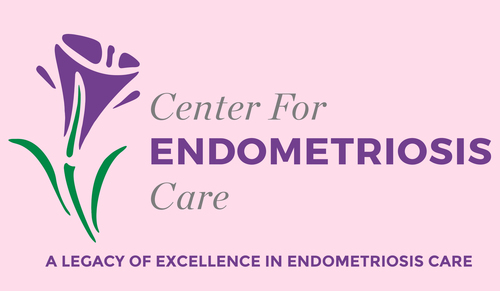See also: LAPEX OF ENDOMETRIOSIS
© Center for Endometriosis Care/Ken Sinervo MD, MSc, FRCSC. All rights reserved. No reproduction permitted without written permission. Revised since original publication and current as of 2023. No external funding was utilized in the creation of this material. The Center for Endometriosis Care neither endorses nor has affiliation with any resources cited herein. The following material is for informational purposes only and does not constitute medical advice.
Dr. Albee founded the Center for Endometriosis Care in 1991 to address the growing need for dedicated surgical and clinical excellence in treatment of the disease. He coined the phrase "LAPEX" in 1991 as the basis of our minimally invasive surgical approach to endometriosis. He is an internationally respected expert on the disease and a pioneering surgeon who specializes in the excisional technique he helped pioneer and refine - and which is at the root of today's contemporary excision surgeon's approach. "Dr Bob," as he is affectionately known, has successfully treated thousands of international patients of all ages across the lifetime of his career.
When a patient has deeply invasive endometriosis of the posterior cul de sac or rectovaginal septum, or encapsulated ovaries fixed to the pelvic sidewall by adhesions and possibly retroperitoneal, a tension arises in the young patient who definitely has childbearing years in front of them. How do we best treat this patient’s pain while preserving as best we can their right to make decisions about future pregnancies?
Many gynecologists are critical of the meticulous excision of endometriosis deep into the rectovaginal septum and pelvic sidewall because they don't truly understand the disease or think it will result in a flood of pelvic adhesions. If adhesions do occur, they again believe the relative risk of infertility will increase. Fearing that endometriosis will return no matter what they do, they aren’t likely to support a meticulous pelvic dissection as the best form of treatment. Their approach would be to leave the disease untreated and prescribe suppressive medication. They would encourage pregnancy as soon as it becomes feasible for the individuals involved. This is neither realistic nor an effective long term approach to the disease. I favor excision of endometriosis even in the young patient.
Limited surgery followed by medical suppression means the patient undergoes both surgery and the medication treatment. Side effects of the medication are considerable, sometimes incapacitating, and frequently quite expensive. Additionally the patient must still deal with any residual symptoms of the endometriosis left behind. Many times the "limited surgery" results in skimming the top off the area of deep disease, leaving behind the remainder. This allows subsequent adhesion formation to bury deep disease. Deep disease covered by new adhesions actually increases the pain, leaving a very dissatisfied patient.
In contrast, with LAPEX, all endometriosis is removed. Any adhesions that may form will do so immediately post op, because no disease has been left behind to create new ones on an ongoing basis. Our follow-up dating back to 1991 demonstrates a recurrence rate of only 10-15%. More than 85 of every 100 individuals will have no more endometriosis. Of the remaining patients, those who do have endometriosis generally have one or two small foci that were not removed at surgery or truly recurred. This can be by accident or design (as in the case of a patient with very limited tubal endometriosis, where it was felt that deep excision could lead to scarring contraindicated in their specific case of trying to conceive. Such cases are very infrequent).
Adhesions that result from conservative aggressive LAPEX actually vary greatly from patient to patient. In my experience patients have as much risk of adhesion formation from the progression of disease that persists or that was untreated as from excisional surgery. If the ultimate risk of adhesions is the same in both cases, why not relieve the pain by getting rid of the disease?
The sooner in an individual's life the disease can be eradicated, the better the long-term outlook becomes. Drug therapy that can destroy endometriosis has yet to be discovered. The best such drugs can do is (sometimes) suppress endometriosis. So an individual who uses such medications keeps themselves at risk that the effects of their endometriosis will worsen.
I believe that the best treatment is for a surgeon with a great deal of experience with endometriosis to perform "conservative-aggressive" LAPEX. The surgeon should use the most appropriate surgical techniques to minimize adhesion formation. As to possible future pregnancies, I always feel that a patient who gets themselves healthy first will be in a much better position to be the best possible parent to their child. And, although it is true that some cases of infertility can be traced to endometriosis, most individuals with endometriosis who want to have babies, have babies. The automatic assumption that someone with endometriosis will have difficulty conceiving is simply not true. Each case should be evaluated individually, and each patient’s goals, feelings, and attitudes carefully considered.
You can learn more about our LAPEX approach and why excision is best here. Questions? Let us know!
Back to Education


